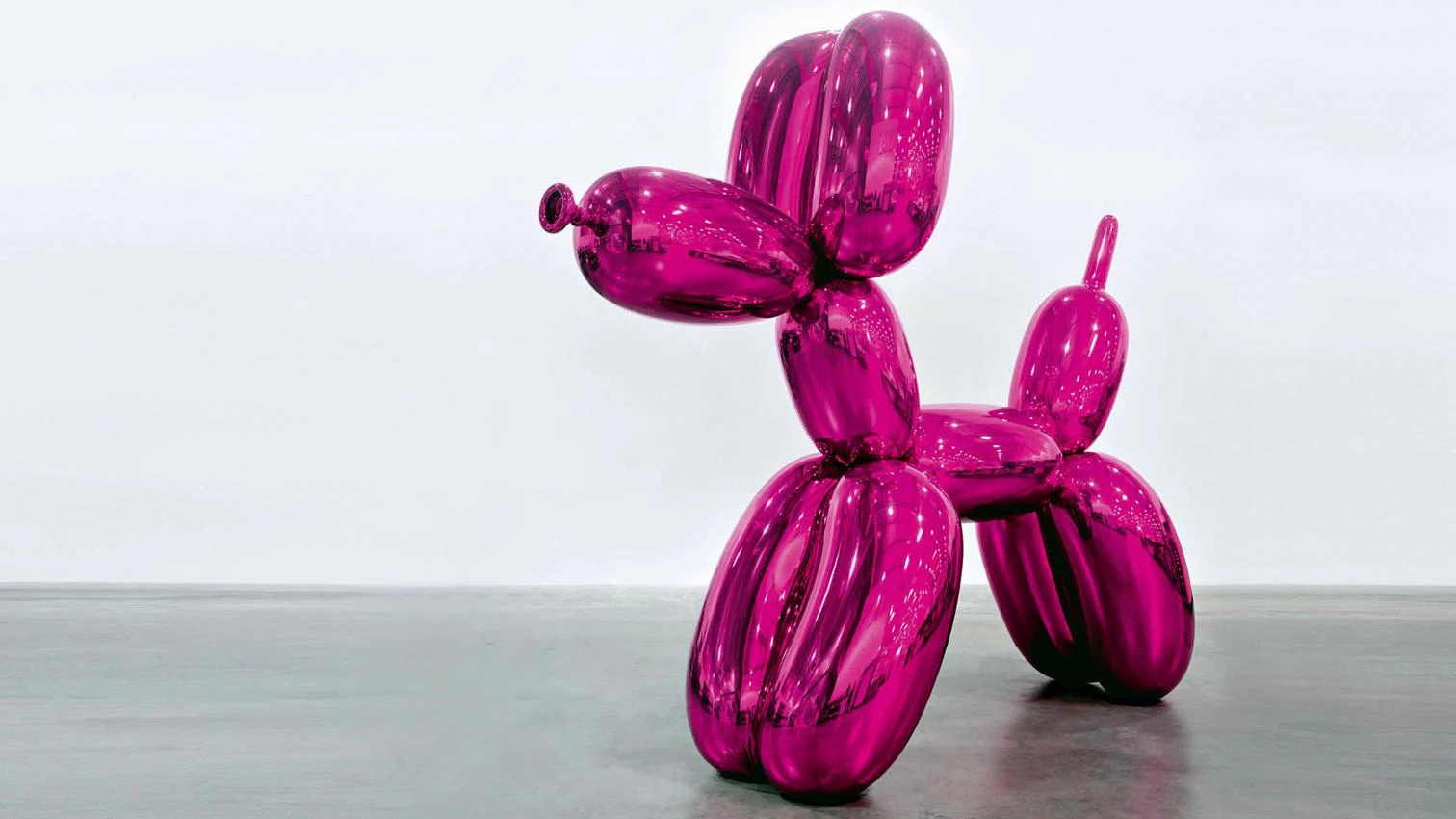
The slick, spotless, smooth, and spick-and-span is the hallmark of our times. It’s what Jeff Koons’s sculptures, iPhones, and Brazilian waxing have in common. Why is the sleek so attractive to us nowadays? Aesthetics aside, it reflects a general social imperative: it is today’s positive society made flesh. The impeccable is harmless, and offers no resistance. The shined object annuls all that is placed before it. All negativity is eliminated.
The smartphone, too, obeys the aesthetic of the slick. LG’s ‘G Flex’ model is clad with a layer which is self-replacing; that is, it erases all scratches. In this way, it’s invulnerable. Artificial cladding keeps the smartphone ever polished. In addition, the model is flexible and ductile. It is slightly bent inward, so adjusts to the shape of the user’s face or derrière.
The sleekness is not limited to the external look of the digital gadget. The communication carried out with it is also polished and glossy, as what’s exchanged are amenities – positive things. ‘Sharing’ and ‘liking’ are part of glossed communication. Negativitives are excluded because they are obstacles to speedy communication.
Jeff Koons, right now the world’s most successful architect, is a master of slick surfaces. In Koons there is no disaster, no damage, no breakage, no cracks. And no seams either. Everything just flows in smooth and sleek transitions. Everything is rounded, polished, shined. The art of Jeff Koons is an art of shined surfaces. There is nothing in it to interpret, decipher, or think out. It’s an art of the ‘like.’ Koons says that all the viewer of his work has to do is say “Wow!”
Nowadays, beauty itself is sleek when stripped of all negativity, all manner of commotion or damage. The beautiful is exhausted in ‘likes.’ Aestheticization proves to be ‘anesthetization.’ Perception is sedated. So it is that Jeff Koons’s work Wow is also an ‘anesthetic’ reaction, diametrically opposed to the negative experience of being shaken or defeated. The experience of beauty has all but been rendered impossible.
Nowadays, it’s not only the beautiful that has become glossy, but the ugly as well. Ugliness, too, loses the negativity of the diabolic, the sinister, and the terrible, and it is given a shine and turned into something to consume and enjoy. It completely lacks that gaze of Medusa that arouses fear and terror and that turns everything into stone.
Nowadays, the entertainment industry exploits the ugly and disgusting, making it consumable. The repugnance offered in reality shows about ‘survival’ are completely deprived of any negativity that could unleash an existential crisis. Ugliness is satinated and turned into a consumer good.
Brazilian waxing leaves one’s body all smooth and slick. It embodies current standards of hygiene. Dirty eroticism has given way to clean pornography. The hairless skin, precisely, gives the body a pornographic polish that is seen as pure and clean. Obsessed with cleanliness and hygiene, today’s society is a positive society that finds any kind of negativity disgusting.
In the light of hygienic reason, even all ambivalence and all secrecy are perceived as dirty. Purity is transparency. Things become transparent when inserted in the polished flows of information. There is something obscene and pornographic about data. In data there is no privacy, no reverses, no double backgrounds. In this sense they are different from language, which never allows total clarity. Data and information are at the service of total visibility and make everything visible.
Translation of an extract from La salvación de lo bello (Herder).





